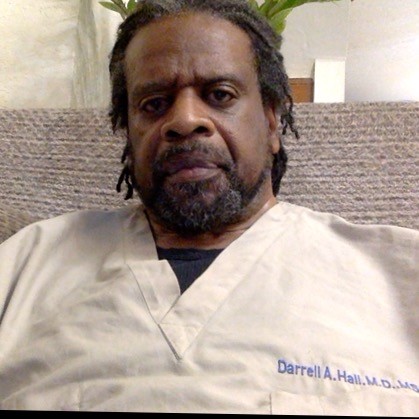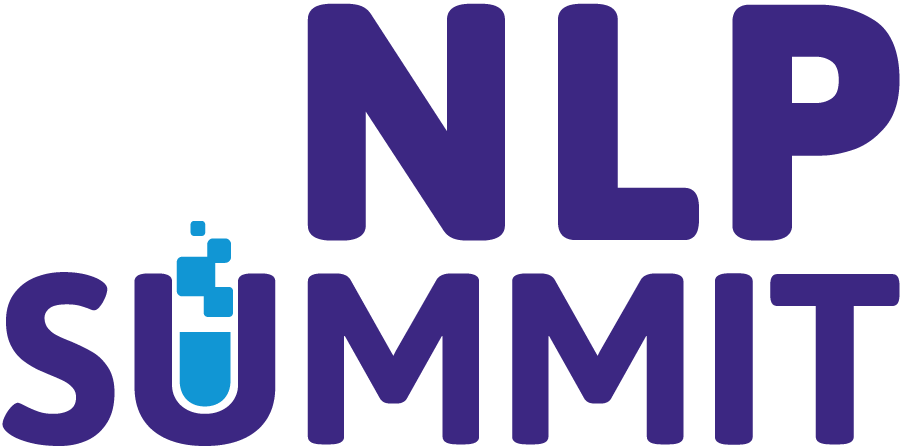“Meaningful Use” of NLP in Clinical Medicine and Health Care
The advent of the electronic medical record (EMR) was a dream come true for some, but for most practitioners it was considered a “gadget”. When the Centers for Medicaid and Medicare Services (CMS) implemented HIPPA it got their attention. I’d like to discuss NLP in health care on two levels: 1. Hospitalist, 2. Clinical or Office based use cases. I will outline the history of the medical chart and it’s evolution to EMR’s and NLP.
The approach will be from the clinician’s point of view, and will show strategies designed to interpret documentation and gather resources, applicable to each patient encounter. Then I will switch gears to discuss regulatory issues, while touching on the importance of NLP in combating fraud, such as that seen during various phases of the opioid epidemic. The broad scope of the topic will allow me to draw on experience (40yrs combined) in data and medicine. Pre-EMR/internet –> Post-EMR/Internet. From there I will briefly show how TSNE, Tf-IDF can aid in assessing corpora, like the whole medical record, and save time.
Finally, I’ll skip back to how meaningful use criterion can work for providers in the form of incentive payments.

Darrell Hall
CEO/Data Scientist at EDM Health Services, LLC
Although becoming a data scientist wasn’t on the horizon when he entered the information systems arena, the path was there. Majoring in biochemistry was supposed to prepare him for a medical career. The US Air Force saw things differently, and the year of calculus and calculus based physics bought him a ticket to become a communications officer. In the mid-1980’s he was planning implementation of the internet in Europe, while earning a Master’s in computer information systems from Boston University (’89). In 1990 he was accepted to medical school, where he received a full scholarship, and stipend from the National Health Service Corps (NHSC), in exchange for serving in underserved areas. From 1991 through 1998 he attended medical school (Wright State University, ’95) and a family medicine residency (Medical College of Ohio ’98). During residency he developed a keen understanding of the problem oriented medical record (POMR), which helped to design and demonstrate the effectiveness of electronic medical records (EMR’s). Unfortunately, in 1998 community health clinics in health professions shortage areas were still using paper. Piles of paper ranging from lab and radiology report to actual medical notes and orders. After fulfilling that commitment, he moonlighted in urgent care centers and emergency rooms while planning his next step. On 1/1 2004 he opened the doors to Empowered Disease Management (EDM). Working as a medical director and data engineer helped him to design wireless distributed architectures for patient and staff management. Use of EMR’s reduced costs, streamlined patient processing and helped to remove barriers to invoicing. Rapid growth and increased revenue ($3.5M/yr) allowed for expansion.

